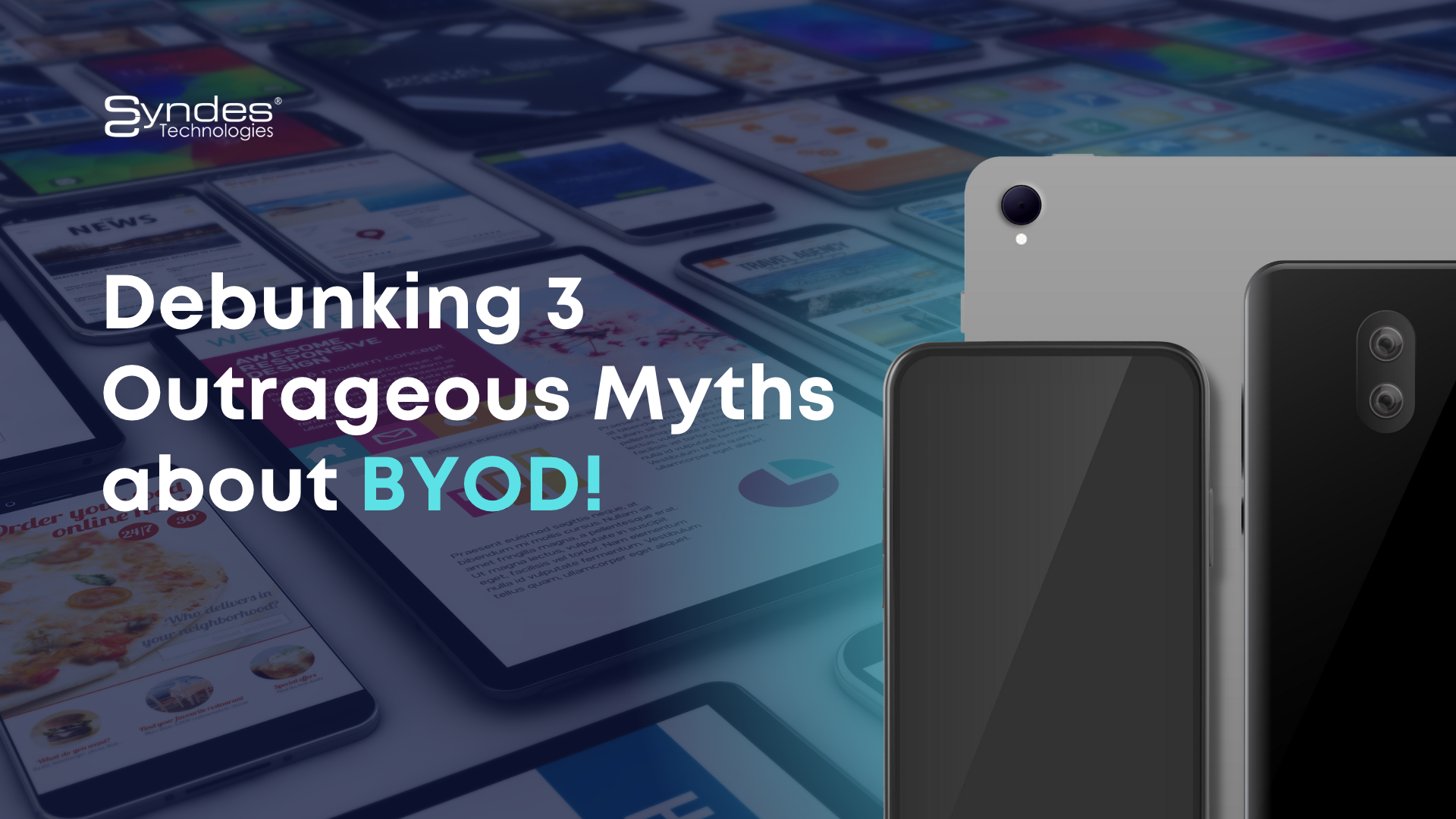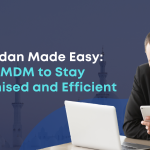
Debunking 3 Outrageous Myths About BYOD!
BYOD (Bring Your Own Device) and MDM (Mobile Device Management) are two terms that are often used together in the context of workplace technology. BYOD refers to a policy in which employees are allowed or encouraged to use their own personal devices (such as smartphones, laptops, or tablets) for work purposes, while MDM is a set of tools and policies used to manage and secure these devices.
Let’s get to know even more about it!
Discover the Untold Truth: Watch Now on YouTube:
“Debunking 3 outrageous myths about BYOD! | Breaking-The-Myth”
Bring Your Own Device (BYOD) policies have become increasingly popular in the workplace, as they offer employees the flexibility to use their own devices for work-related tasks. However, there are still many myths surrounding BYOD that prevent businesses from adopting these policies. In this article, we will debunk three outrageous myths about BYOD.
Myth #1: BYOD is too expensive for businesses
One of the most common myths about BYOD is that it’s too expensive for businesses to implement. However, the truth is that BYOD can actually be more cost-effective than providing employees with company-owned devices. When employees bring their own devices, businesses can save on the cost of purchasing and maintaining devices, as well as on data plans.
Myth #2: BYOD is less secure than company-owned devices
Another common myth about BYOD is that it’s less secure than company-owned devices. However, the truth is that with the right security measures in place, BYOD can be just as secure as company-owned devices. Businesses can implement security measures such as mobile device management (MDM), which allows administrators to remotely manage and secure employee devices.
Myth #3: BYOD is too difficult to manage
Some businesses are hesitant to adopt BYOD policies because they believe it’s too difficult to manage. However, with the right policies and tools in place, managing BYOD can be straightforward. For example, businesses can implement clear guidelines and policies for employee device usage, and use MDM solutions to manage and secure employee devices.
In conclusion, BYOD is a viable option for businesses looking to offer flexibility to employees while also increasing productivity and reducing costs. The myths surrounding BYOD are often based on misconceptions or outdated information, and should not deter businesses from implementing BYOD policies. With the right policies and tools in place, businesses can reap the benefits of BYOD without compromising on security or manageability.
There are several reasons why organizations may implement a BYOD and MDM strategy:
Cost savings: Allowing employees to use their own devices for work can reduce the cost of providing devices to every employee.
Convenience: Employees may prefer to use their own devices, as they are already familiar with them and may be more productive as a result.
Increased productivity: Allowing employees to use their own devices can help to create a more flexible and agile workforce, as employees can work from anywhere and at any time
Improved security: MDM tools can be used to enforce security policies on devices, such as requiring a passcode or encrypting data, which can help to protect sensitive company information
Regulatory compliance: In some industries, such as healthcare or finance, there are strict regulations around the handling of sensitive data. MDM can help to ensure that devices used to access this data are secure and compliant with industry regulations.
In summary, BYOD and MDM can provide several benefits for organisations, including cost savings, convenience, increased productivity, improved security, and regulatory compliance.
To know more about what can BYOD & MDM help for your business:
Related posts
Sorry, the comment form is closed at this time.






